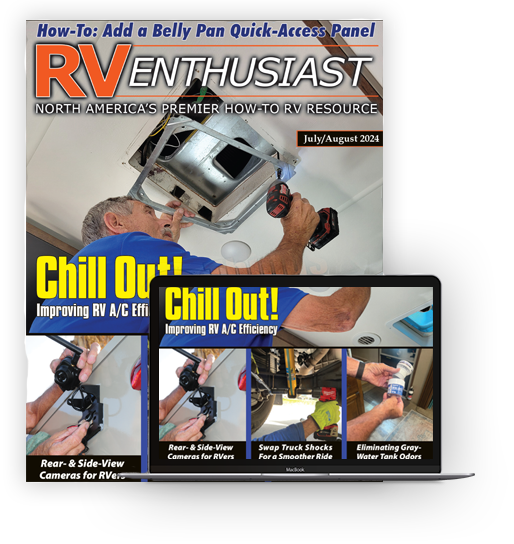Stink Bombed
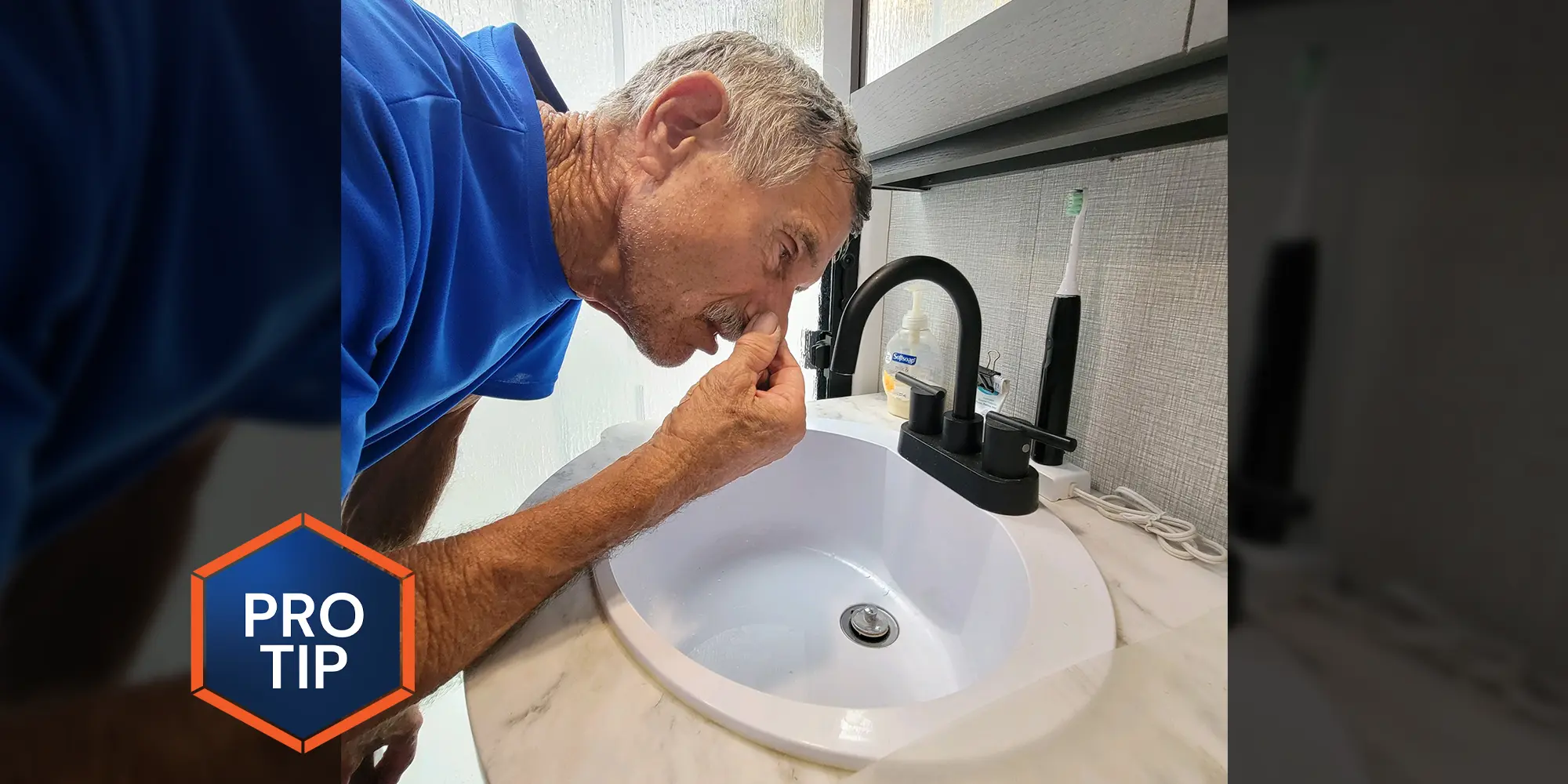
Well, until the stink arrives.
Recently, at the end of one leg of a long trip in hot weather, I opened the entry door to my fifth wheel and was hit with very recognizable “stinkum” — and knew right away that the air admittance valve (AAV) in the bathroom and/or kitchen sink had seen better days.
Now, most people don’t know — or believe — that gray water can stink worse than black water for a number of reasons, including the fact the most people don’t flush these tanks while dumping; RVs are just not set up that way. Fortunately, the AAV is designed to control sewer gases that end up wafting through the P-trap — and it’s very simple to replace.
The AAV is mounted on the end of a pipe that extends from the P-trap above the point where the gray water enters the pipe that is routed to the holding tank. When water is flowing through the P-trap, the AAV opens to allow air to flow into the pipe and closes when the flow stops. If the valve does not close fully, then an obnoxious odor is allowed to permeate the area around the sink and makes its way throughout the interior. And to your nose.
The solution is very simple: Remove the old AAV and screw on a new one.
But hold on; not all AAVs are created equal. While the ones provided by the RV manufacturers will work, they seem to fail much more often than those found in stationary homes. And they always fail at inopportune times.
A great replacement AAV is the Mini-Vent from Studor, which is a household product name among the home-building trades. They are readily available at hardware and home-improvement stores and usually sell for around $15. The Studor Mini-Vent has a much more robust seal and is designed to flow more water. And, they usually last for a long time — sometimes as many as 15-20 years in stationary homes.
The Mini-Valve is commonly sold with an adapter to make it fit 2-inch pipes, which is not necessary since RVs use 1 ½-inch pipes. The ones we bought at Lowe’s have a PVC adapter, but you can get an ABS adapter, if for some reason your RV has 2-inch pipe.
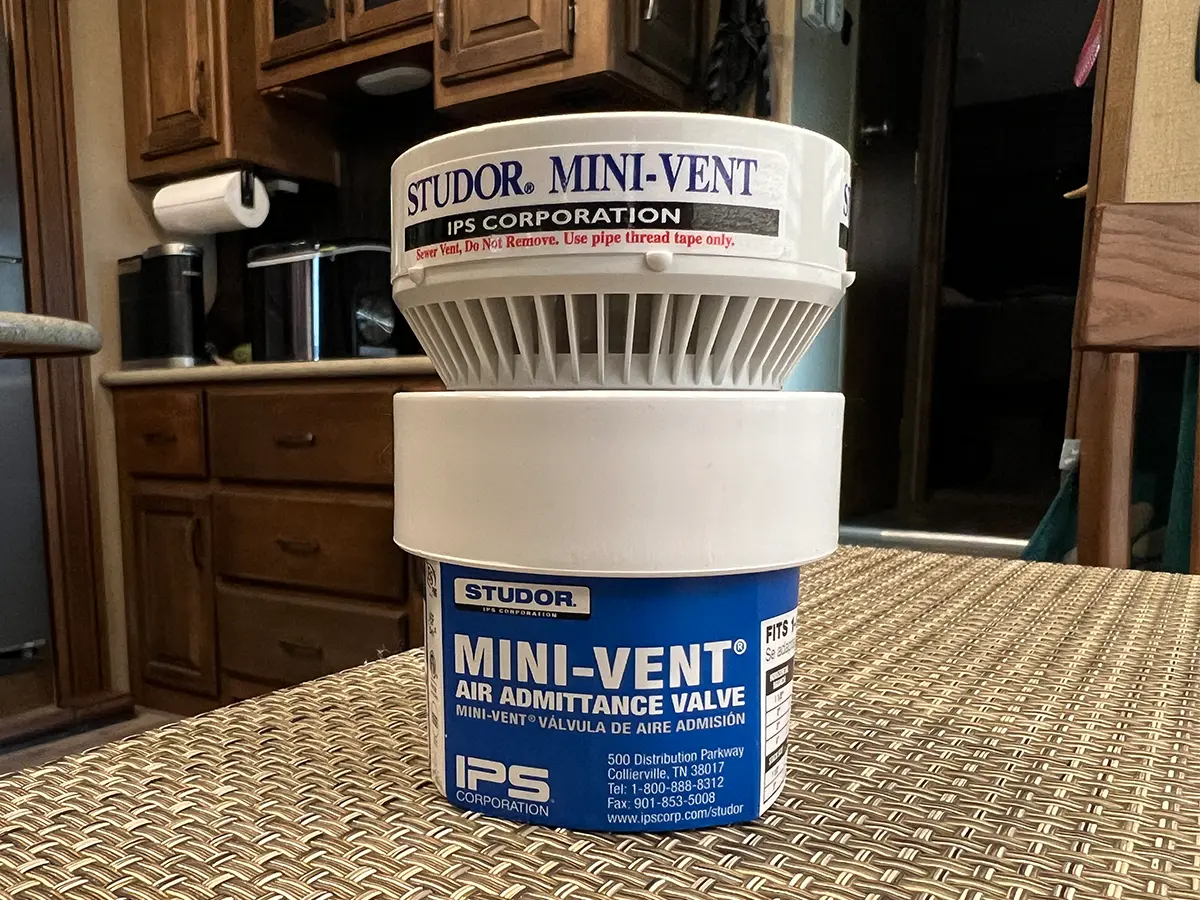
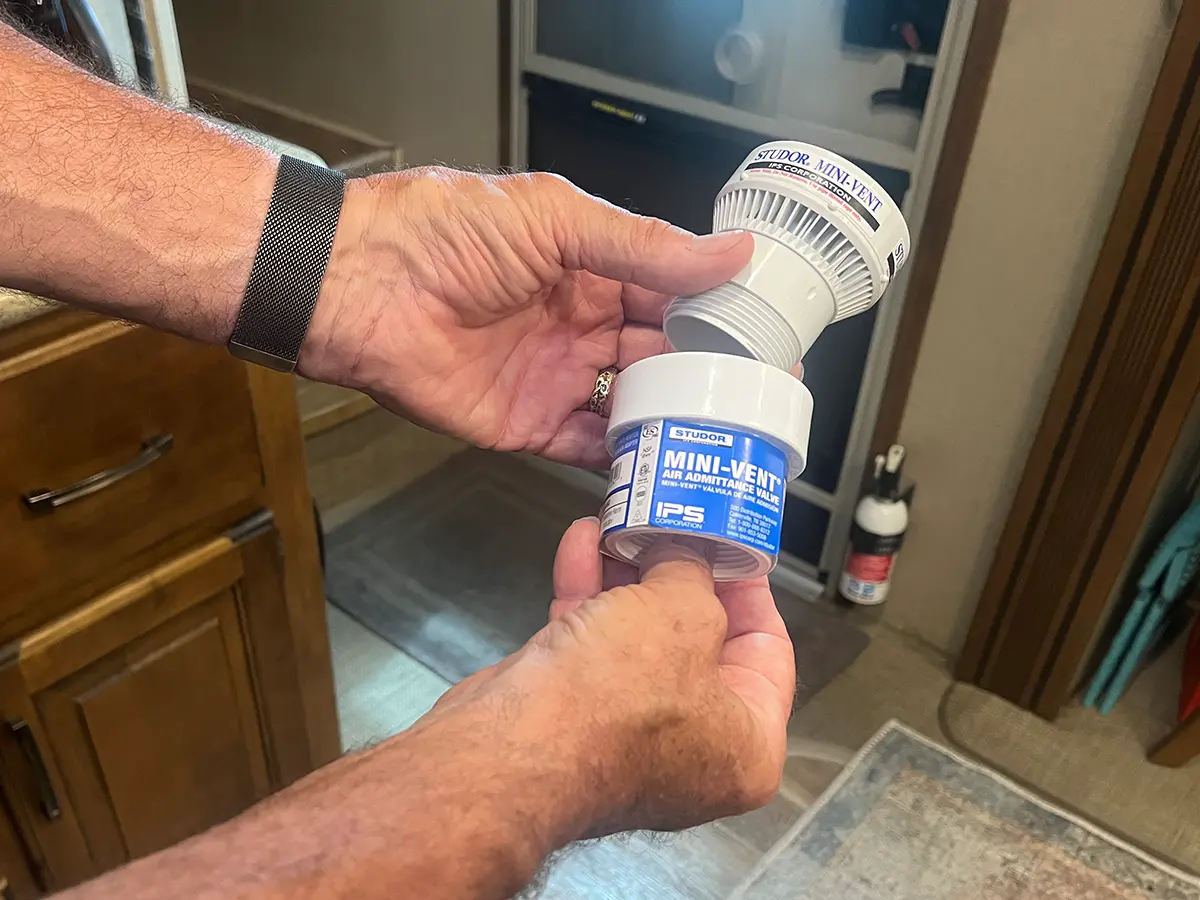
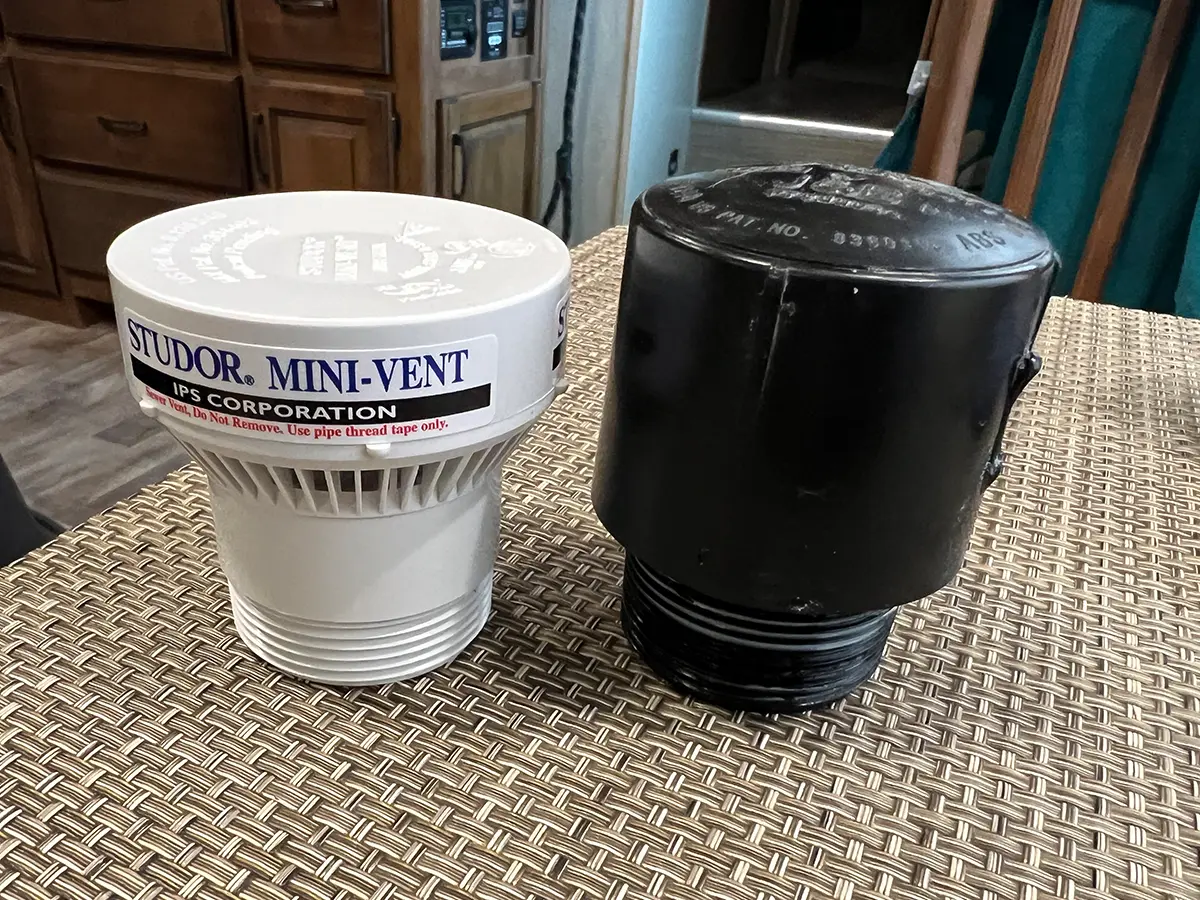
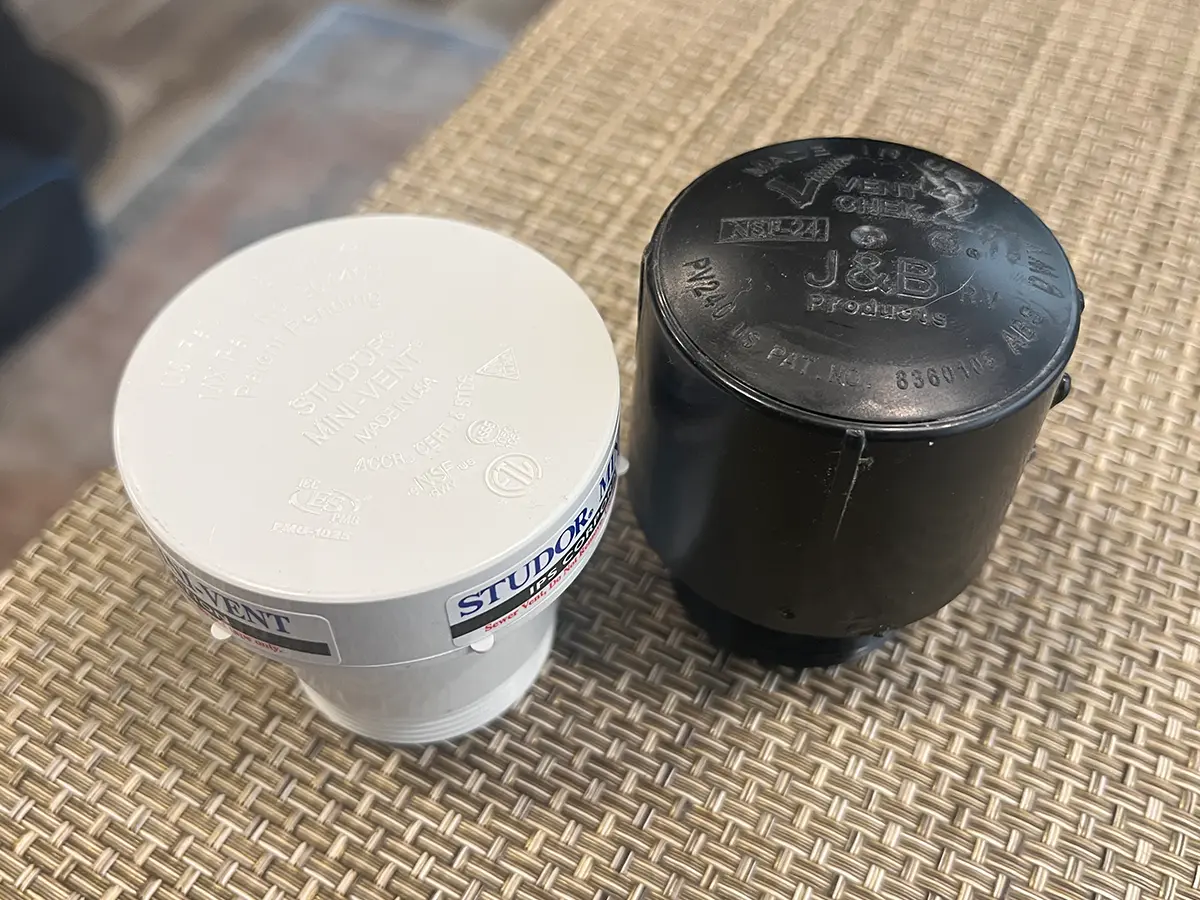
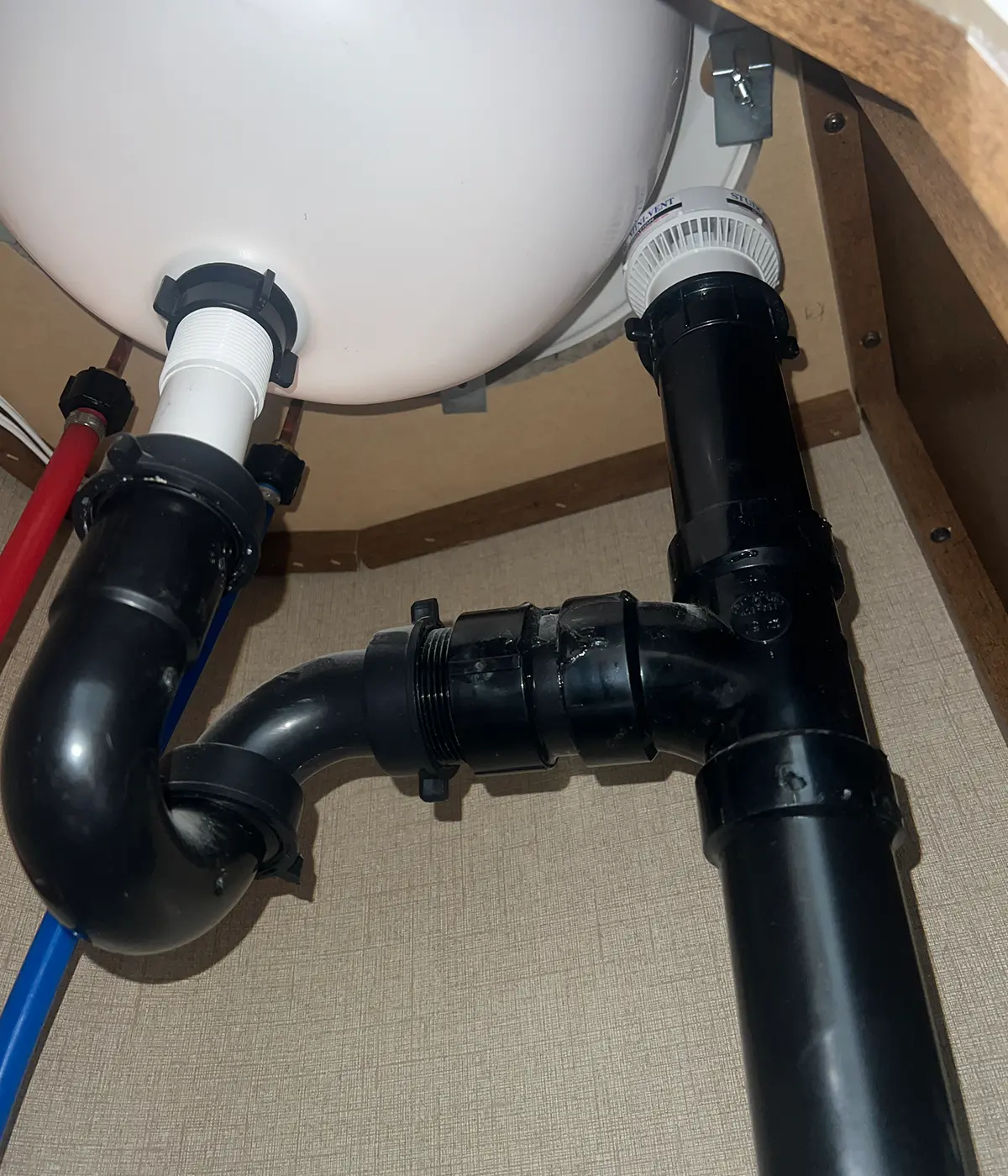
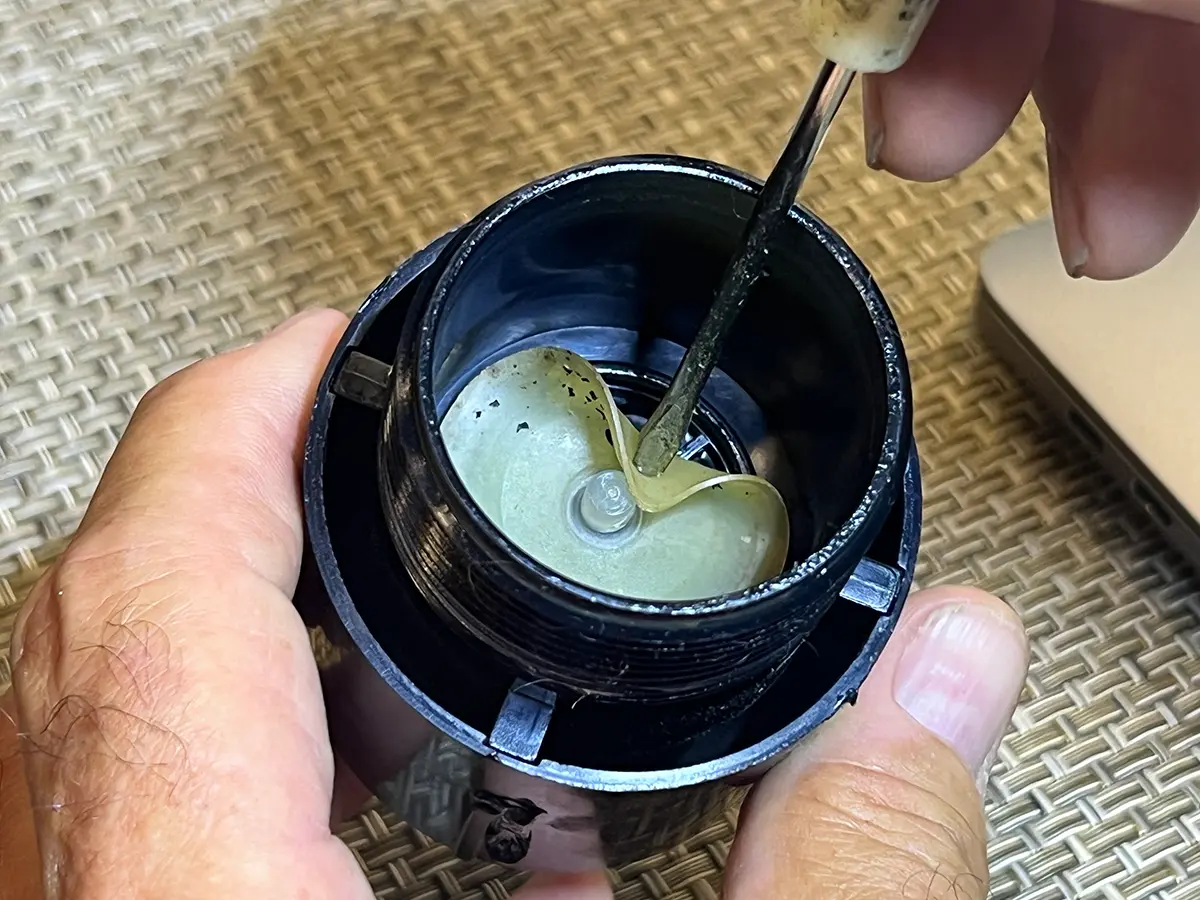
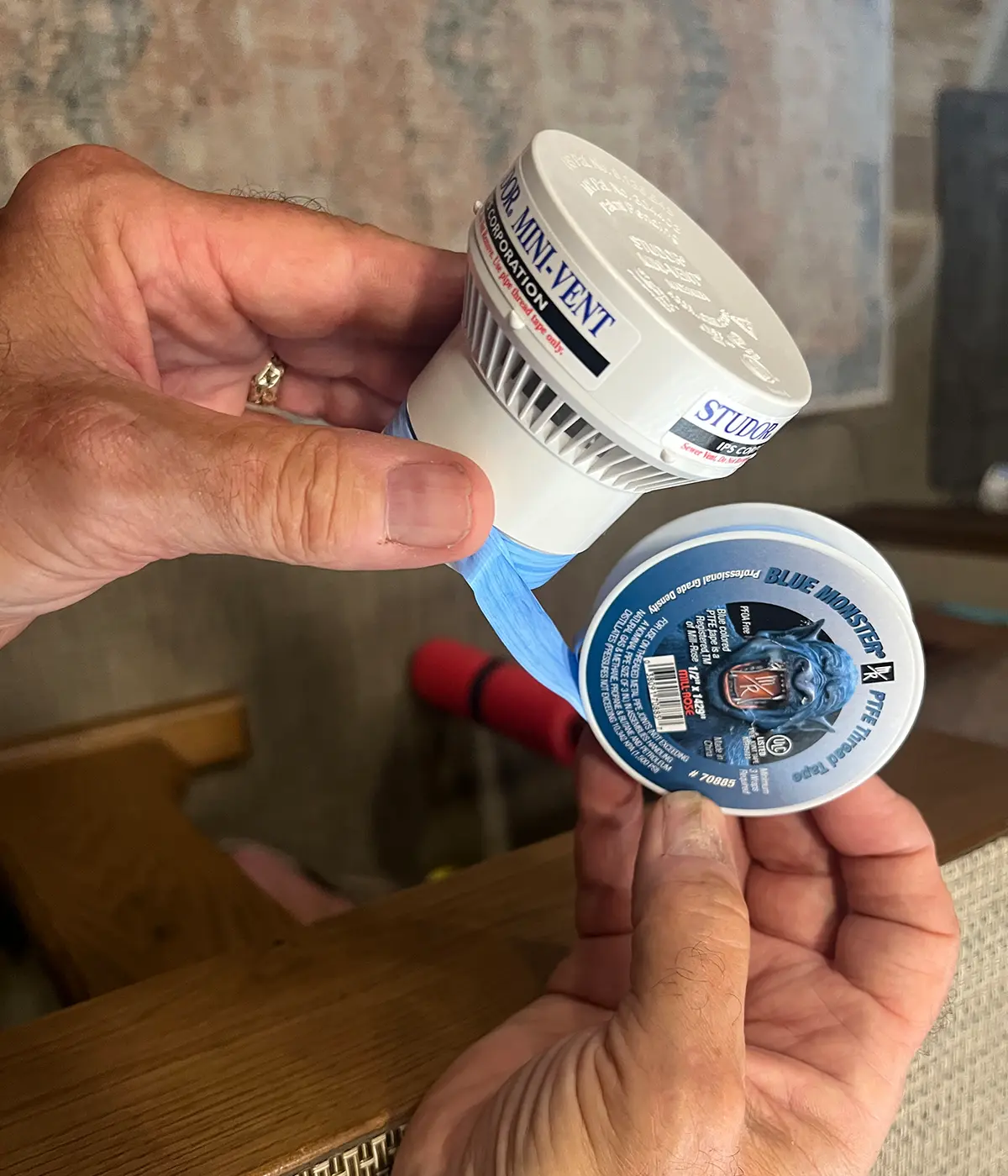
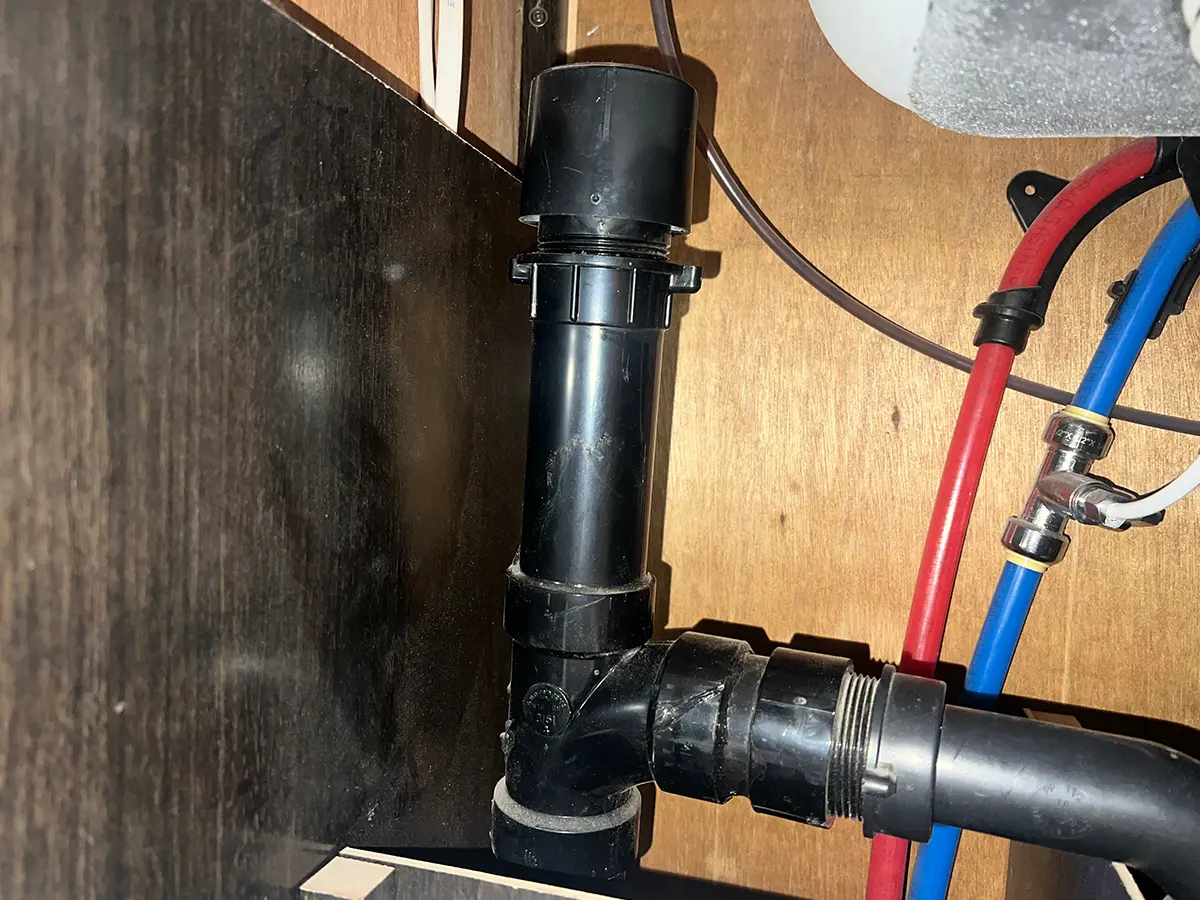
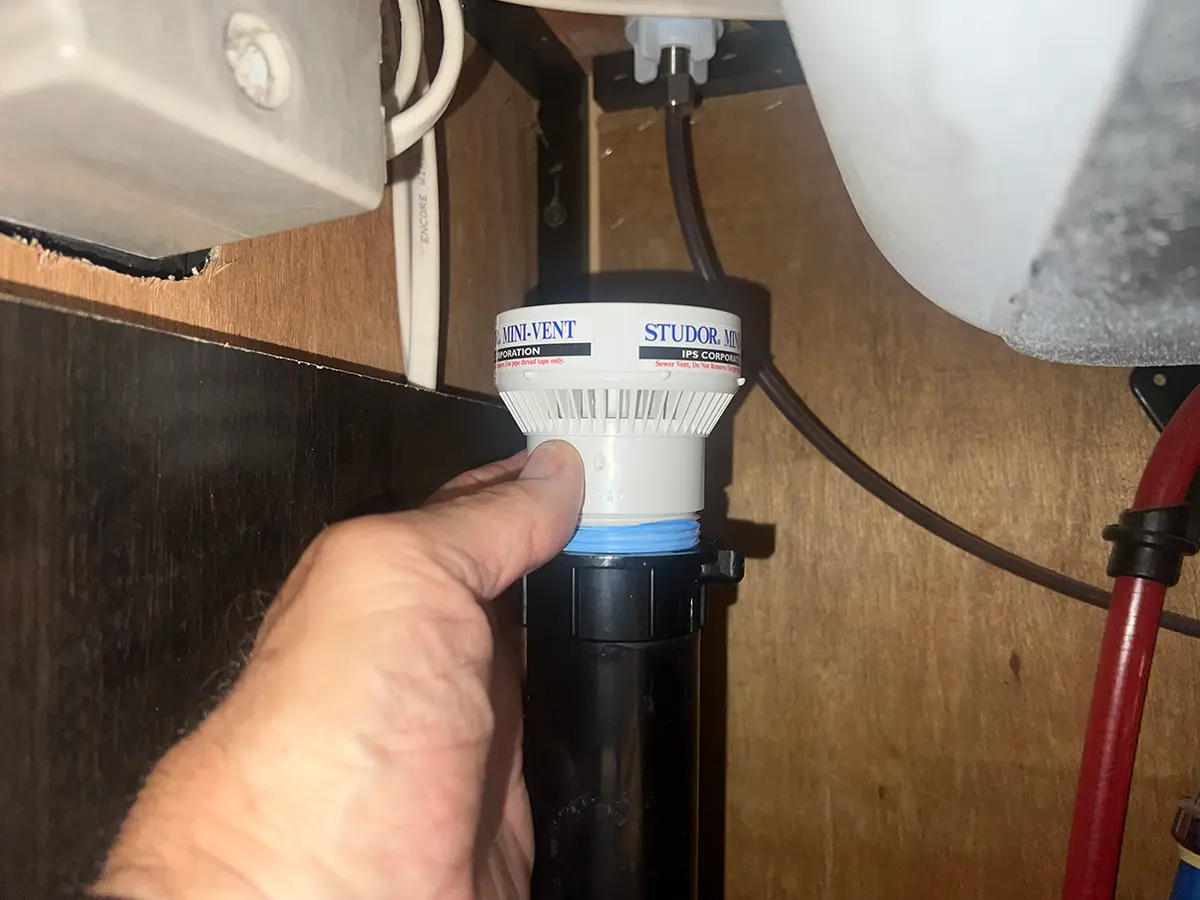
Once the new Mini-Vents were in place, the odor was immediately eliminated — and my sense of smell got much-needed relief.
Already a Subscriber? Click here for Access to the Full Issues.

